Located in the beautiful Himalayas, Chail Wildlife Sanctuary offers a beautiful escape for tourists from all across India. With lush greenery, amazing landscapes, and diverse wildlife, Chail promises an escape like never before. Whether you are a nature photographer, a wildlife enthusiast, or simply looking for some peace from the hustle and bustle of everyday life, Chail Wildlife Sanctuary should definitely be on your list. Here’s everything you need to know before booking your trip to this wildlife sanctuary in Himachal.
Location
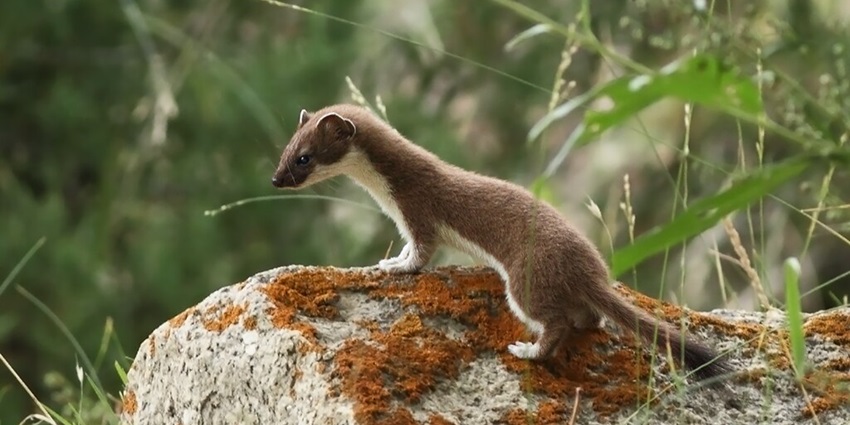
Photo: soumyajit nandy / Wikimedia Commons / Image For Representation Only
This sanctuary extends over the high ranges of the southern Himalayas. Chail Wildlife Sanctuary is situated in the Shimla district of Himachal Pradesh and covers an area of approximately 110,000 hectares. It comprises lush green forests, rich biodiversity, and an exciting opportunity to explore the Himalayas.
Suggested Read: Explore The Natural Beauty Of Chandratal Wildlife Sanctuary In Himachal Pradesh
How To Reach Chail Wildlife Sanctuary
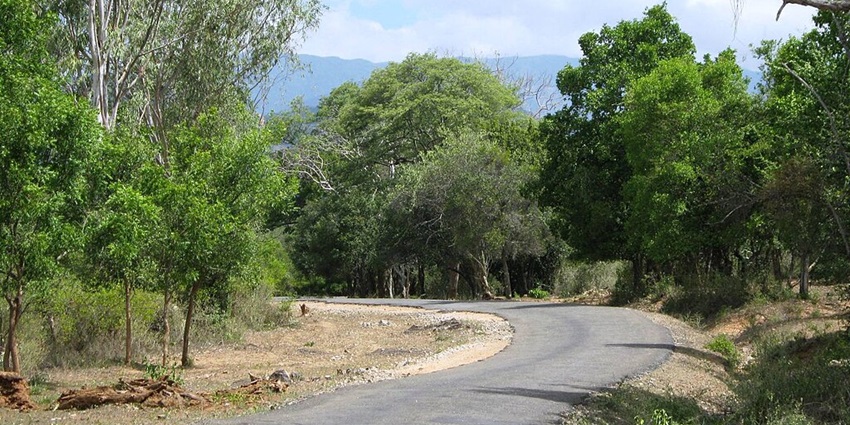
Photo: Jaseem Hamza / Wikimedia Commons / Image For Representation Only
By Air: Jubbarhatti Airport (SLV), located about 63 kilometres (39 miles) from Chail, is the closest airport to the sanctuary. Upon arriving at Jubbarhatti Airport, you can hire a taxi or take local transport to reach Chail. The drive from the airport to Chail takes approximately 2 hours. Booking a vehicle in advance is advisable as the roads can be winding and challenging.
By Rail: Shimla Railway Station, situated around 45 kilometres (28 miles) from Chail, is the nearest railway station. Shimla is well-connected to other major cities by rail. From here, you can hire a taxi or take a local bus to Chail. The journey typically takes about 1.5 to 2 hours. Ensure you check the availability and schedules of local transport ahead of time.
By Road: Chail is about 350 kilometres (217 miles) from Delhi, 120 kilometres (75 miles) from Chandigarh. From both these major cities, you can drive or take a bus via National Highway 5 (NH5). The drive usually takes around 8 to 10 hours from Delhi, and 3 to 4 hours from Chandigarh. These routes are well-maintained and offer beautiful landscapes.
Places To Visit In And Around Chail Wildlife Sanctuary
There are several scenic places to visit in and around Chail Wildlife Sanctuary in Himachal Pradesh like palaces, lakes and temples.
1. Chail Palace
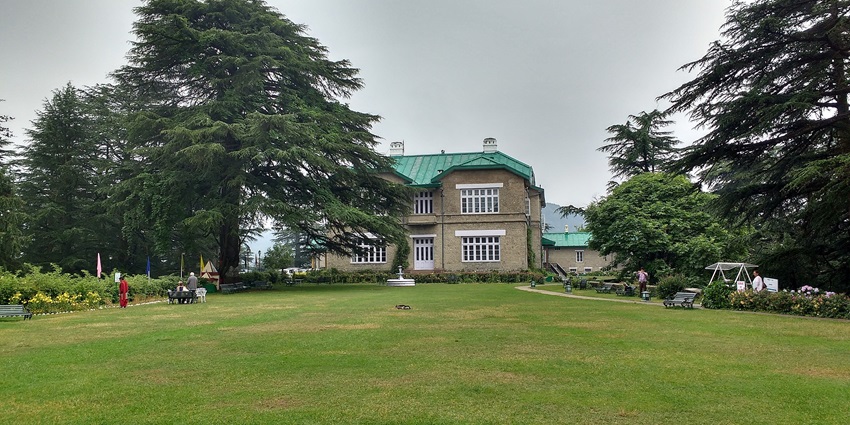
Photo: Shubhankar Sakalkale / Wikimedia Commons
Chail Palace, built in the 19th century by the Maharaja of Patiala, stands as a historic landmark near the sanctuary. This grand palace, with its distinctive architecture, offers panoramic views of the surrounding forests and valleys. Visitors can explore the palace’s elegant design, stroll through its beautifully landscaped gardens, and enjoy breathtaking vistas of the natural landscape. The palace is a perfect spot to appreciate historical grandeur and scenic beauty.
Timings: 10 AM – 10 PM
Entry Fee: Approximately ₹100 per person for adults and ₹50 per person for children. There may be additional charges for cameras or guided tours
Suggested Read: Explore The Diverse Wildlife Of Dhauladhar Wildlife Sanctuary In Himachal
2. Sadhupul Lake
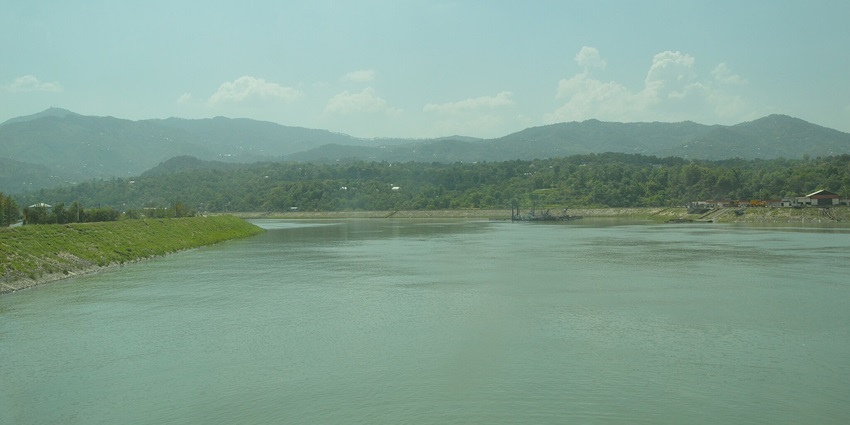
Photo: Biswarup Ganguly / Wikimedia Commons / Image For Representation Only
Sadhupul Lake, located about 20 kilometres (12 miles) from Chail, is a serene and picturesque spot. Surrounded by lush greenery, this tranquil lake offers a peaceful setting ideal for relaxation and picnics. Visitors can take leisurely walks around the lake, enjoy a picnic amidst nature, and appreciate the calm and scenic surroundings. The lake’s serene environment makes it a delightful place to unwind and enjoy the natural beauty of the area.
Timings: 6 AM – 6 PM
Entry Fee: No entry fee is required. However, if you wish to use any facilities or participate in activities like boating, there may be a nominal charge
3. Kali Ka Tibba
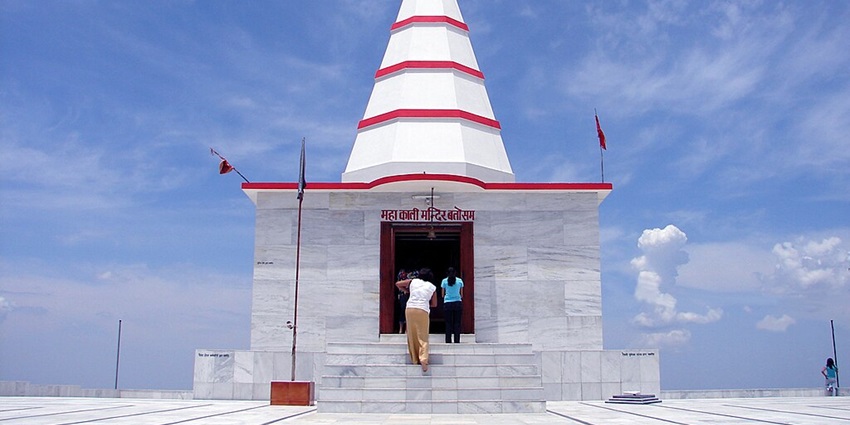
Photo: Vinish K Saini / Wikimedia Commons
Kali Ka Tibba, or the Mahakali Temple, perched on a hilltop near Chail, is a revered religious site dedicated to the Hindu goddess Kali. The temple offers stunning views of the surrounding mountains and valleys. Visitors can explore the sacred site, enjoy the panoramic scenery, and take in the serene atmosphere. The surrounding trails provide additional opportunities for scenic walks and immersion in the natural beauty of the Himalayas, making it a significant cultural and spiritual destination.
Timings: 6 AM – 7 PM
Entry Fee: There is no entry fee to visit the temple. Donations are welcome for temple maintenance
Suggested Read: Shimla Water Catchment Wildlife Sanctuary
4. Manimahesh Lake
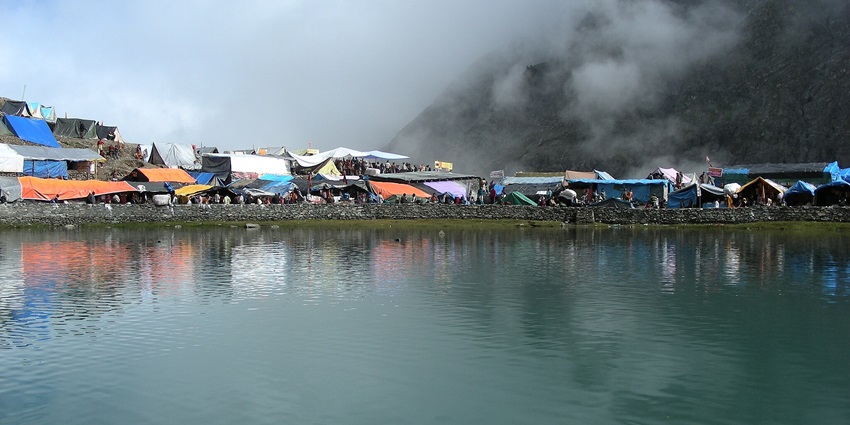
Photo: Vinod Rana / Wikimedia Commons
Manimahesh Lake, situated at an elevation of 4,080 metres (13,390 feet), is a sacred glacial lake revered by devotees and nature enthusiasts alike. Nestled amidst the majestic Pir Panjal Range, the lake offers stunning views of the Manimahesh Kailash Peak. Visitors can embark on a challenging yet rewarding trek to the lake, participate in the annual Manimahesh Yatra pilgrimage, and immerse themselves in the tranquil and spiritual ambience. The serene surroundings and pristine beauty make it a must-visit destination for those exploring the region.
Timings: 24*7; best visited between July and September during the pilgrimage season
Entry Fee: No entry fee is required
5. Bharmour Town
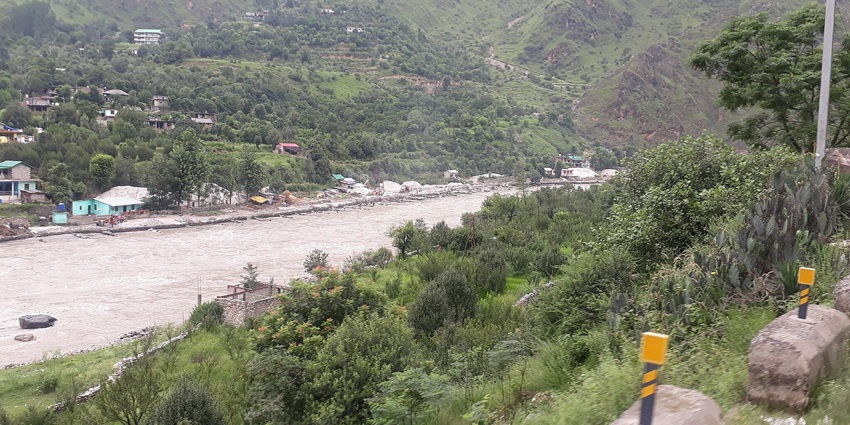
Photo: Pinakpani / Wikimedia Commons / Image For Representation Only
Bharmour is an ancient town located approximately 65 kilometres (40 miles) from Chamba, known for its rich cultural heritage and historical significance. The town is home to the famous Chaurasi Temple complex, which houses 84 exquisitely carved temples dating back to the 7th century. Visitors can explore the intricate architecture, attend traditional rituals, and experience the local Himachali culture and hospitality. Surrounded by picturesque landscapes, Bharmour also serves as a base for various treks and outdoor activities in the region.
Timings: 6 AM – 8 PM daily
Entry Fee: No entry fee is required
Suggested Read: Explore The Diverse Wildlife Of Shikari Devi Wildlife Sanctuary In Himachal
Where To Stay

Photo: Derek Jensen / Wikimedia Commons / Image For Representation Only
There are several accommodation options available near Chail Wildlife Sanctuary. Hotel Chail Palace hotel offers luxurious accommodations and is located near major attractions. Its elegant architecture and stunning views provide a comfortable base for exploring Chail and the sanctuary. Chail Residency is known for its charming ambience and excellent service, offering modern amenities and easy access to local attractions. The hotel’s peaceful environment makes it an ideal place for relaxation. Several guesthouses and homestays around Chail provide a more authentic experience. For a more adventurous experience, you can also consider camping near the sanctuary.
Where To Eat

Photo: Nathan Dumlao / Unsplash / Image For Representation Only
In Chail, the Chail Palace Restaurant offers an elegant dining experience with a menu featuring both Indian and international dishes, set within the historic Chail Palace. Cafe Choco-latte is a cosy spot renowned for its variety of coffee and snacks, ideal for a relaxing visit. Nearby, local eateries around the Chail Wildlife Sanctuary provide traditional Himachali cuisine, such as Chana Madra and Siddu, offering an authentic taste of regional culinary heritage.
Suggested Read: Uncover The Diverse Wildlife Of Kufri Zoo Amidst The Idyllic Peaks Of Himalaya
Best Time To Visit
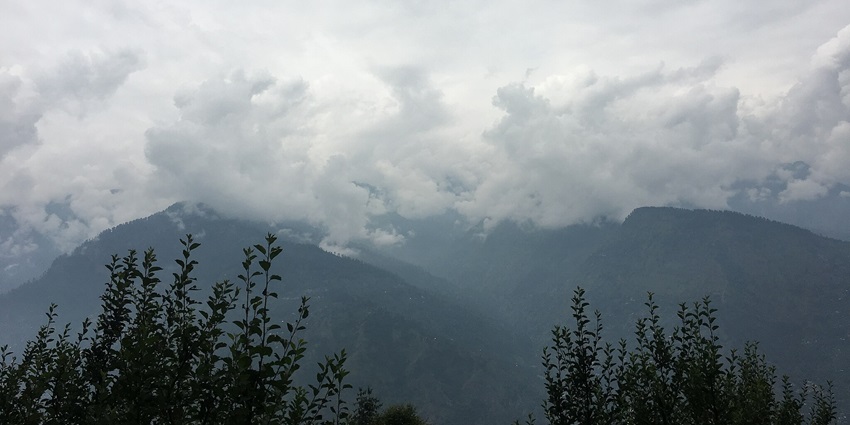
Photo: Yukti2001 / Wikimedia Commons / Image For Representation Only
The best time to visit Chail Wildlife Sanctuary is from March to October, when the weather is mild and conducive for outdoor activities. During these months, the sanctuary’s lush greenery and diverse wildlife are in full bloom, offering an ideal setting for nature enthusiasts and photographers. While summer provides a pleasant climate, early autumn adds a beautiful hue to the landscape. Winters, though cold and snowy, offer a serene experience but may limit access to some areas.
Other Factors To Consider
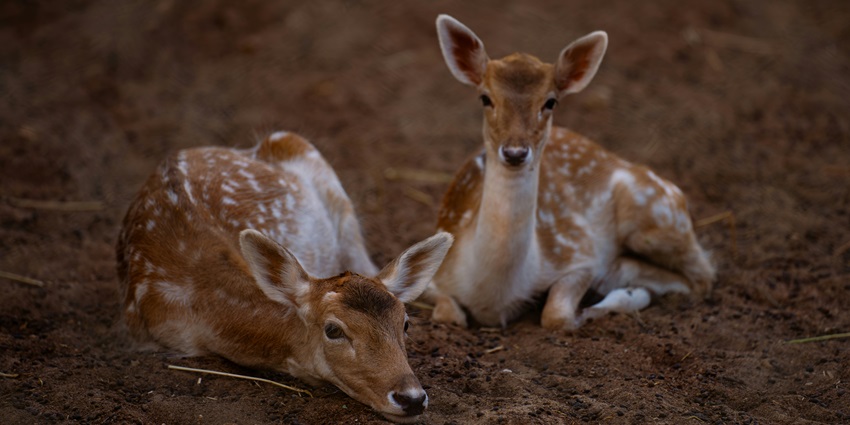
Photo: Tahamie Farooqui / Unsplash / Image For Representation Only
Average Cost Of The Trip
The average cost of visiting Chail Wildlife Sanctuary ranges from ₹1,500 to 2,500 per day for budget travellers, covering accommodation, food, and local transport. For more comfortable or luxurious options, daily expenses may range from ₹3,500 to 7,000 or more. Chail Wildlife Sanctuary ticket prices may apply, so it’s advisable to check current rates with local authorities.
Tips For Travellers
- Verify if you need any permits or permissions before your visit. Approval from local wildlife authorities or forest departments may be required.
- The Himalayan weather can change rapidly, so make sure to pack for cold temperatures and possible snowfall, especially in winter.
- If you’re travelling via road, be mindful of the uneven mountainous terrain. You may consider hiring an experienced local driver.
- Ensure you’re in good health and acclimated to higher altitudes to avoid altitude sickness.
- Bring sufficient food, water, and first aid supplies, as remote areas may lack facilities and services.
- Refrain from disturbing animals and adhere to the sanctuary’s rules.
Suggested Read: Wildlife Sanctuaries In Himachal Pradesh To Visit On Your Upcoming Trip
Chail Wildlife Sanctuary offers a unique blend of natural beauty, rich biodiversity, and a serene environment, making it an ideal destination for nature enthusiasts and adventure seekers. A visit to this sanctuary promises a refreshing and enlightening experience. Plan your grand trip to Chail with TripXL, and be captivated by the scenic beauty and ecological wonders of this enchanting destination.
Cover Photo: Skyler Ewing / Pexels / Image For Representation Only


 WhatsApp
WhatsApp
 Twitter
Twitter









